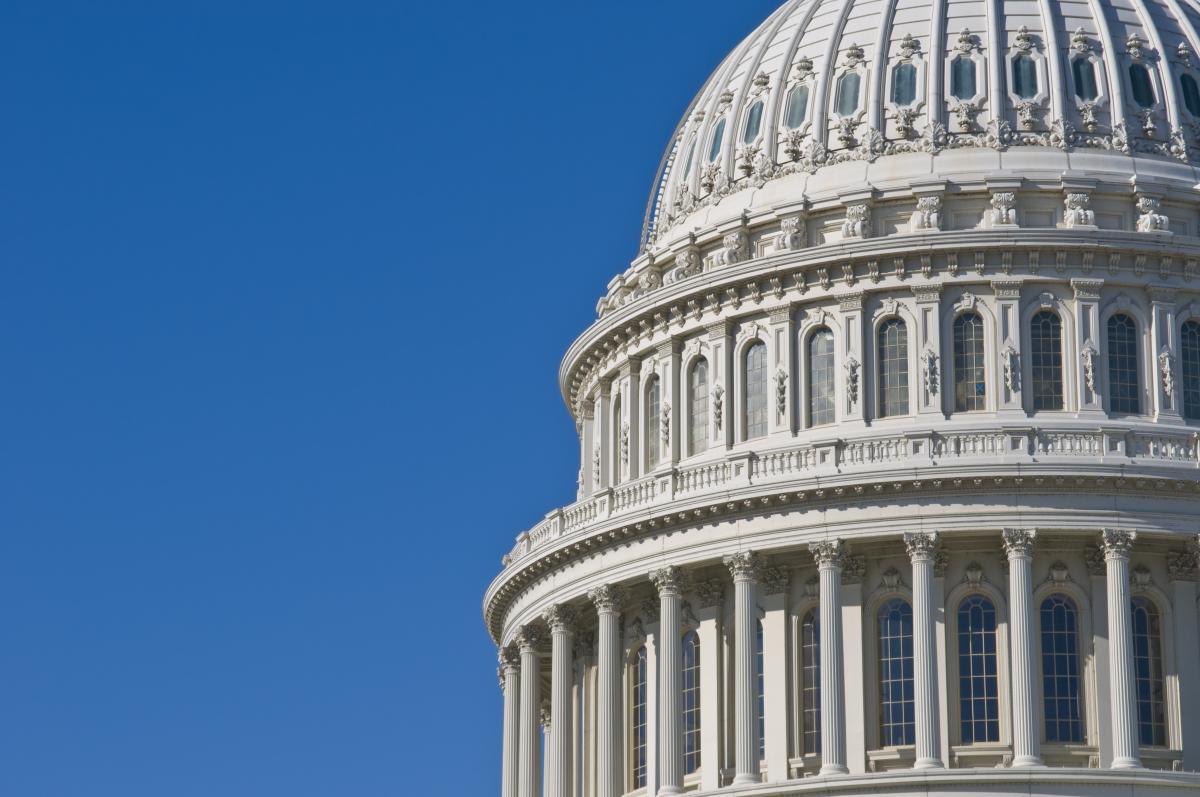 For those looking for an official analysis and explanation of the SECURE and CARES acts, the Joint Committee on Taxation has just posted a handy resource.
For those looking for an official analysis and explanation of the SECURE and CARES acts, the Joint Committee on Taxation has just posted a handy resource.
The “Bluebook” (known formally as the General Explanation of Tax Legislation Enacted in the 116th Congress) provides explanations of more than 200 tax provisions across eight different Acts, starting with the Taxpayer First Act (Public Law 116-25) and ending with the Consolidated Appropriations Act, 2021 (Public Law 116-260).
For each provision, the Bluebook includes a description of present law, an explanation of the provision and the effective date. For a bill with a committee report (or, in the absence of one, a contemporaneous technical explanation prepared by the Joint Committee staff), the document is based on the language of the report or explanation. In addition, an appendix provides a table with the estimated budget effects of the tax legislation.
The Consolidated Appropriations Act was the legislative vehicle for the Setting Every Community up for Retirement Enhancement (SECURE) Act, which was enacted in December 2019. The SECURE Act included some 30 retirement-based policy changes, such as allowing two or more unrelated employers to join a pooled employer plan; increasing the tax credit for starting new plans; increasing the auto enrollment safe harbor cap; simplifying safe harbor 401(k) rules; and providing portability of lifetime income options, among others.
The Consolidated Appropriations Act also included special disaster-related rules for the use of retirement funds, as well as changing the voluntary in-service distribution age under Code Section 401(a)(36) for defined benefit plans and 457(b) plans.
Also included in the JCT’s Bluebook is a description and analysis of the Coronavirus Aid, Relief and Economic Security (CARES) Act, which was signed into law in March 2020 and included provisions to ease retirement plan hardship and loan rules to free up funds for individuals impacted by the pandemic and to provide relief from the required minimum distribution (RMD) rules. The legislation also included funding relief for single-employer defined benefit plans.
The Taxpayer First Act, which was signed into law in July 2019, included, among other things, provisions to overhaul the IRS’s operations and tax administration systems and procedures. It also sought to strengthen cybersecurity and taxpayer identity protection measures by the agency, as well as modernize its information technology and electronic filing systems.

